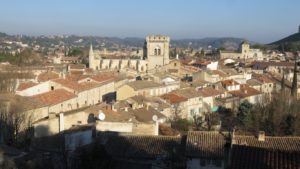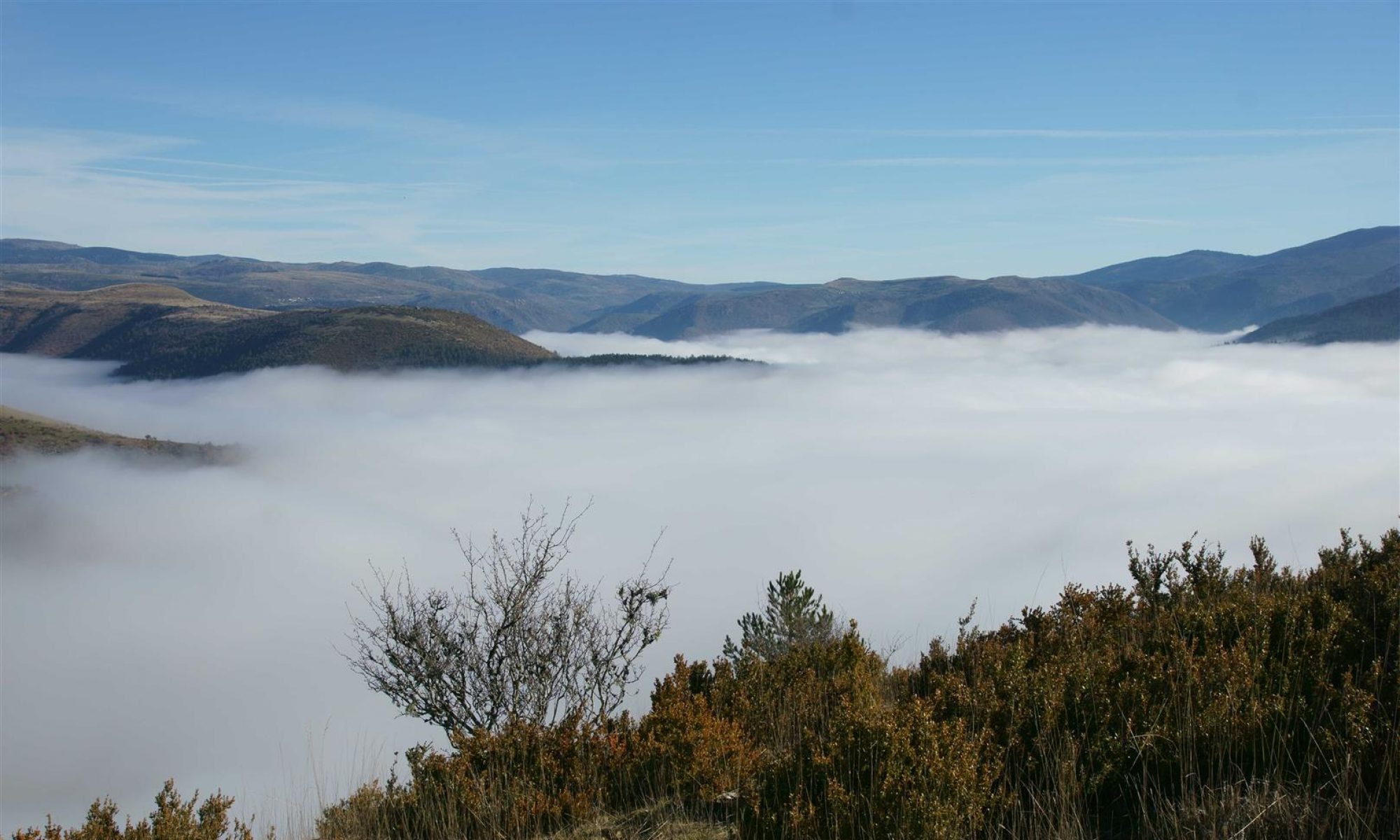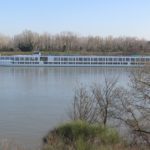
Villeneuve-les-Avignon is located on the right bank of the Rhone river, right across from Avignon. In 1292, thanks to the politics and land swaps of the time, the position became a post on the frontier of the royal domains of France. To the east, on the left bank of the Rhone, barons and kings pledged allegiance to the Holy Roman Empire, not to France. So in 1292, Philippe-le-Bel, king of France, agreed to the construction of defensive fortifications including the Philippe-le-Bel tower (what else?) and the Saint-André fortress. Not long after, Avignon became the home of the Catholic pope giving the French king even more reason to watch his neigbours. These defensive constructions, preserved to the present day, are landmarks of the modern city and visible from multiple angles along this route.
On this route, we start from the tower and walk up through an old village street on the way to the Mourgues hilltop park from where the views dominate the surroundings. After a further short jaunt through some older streets of Villeneuve, past the big Prieuré church, we end up on a long but easy route around the Abbaye river flats and along the Rhone river flood barrier. The river flats have a curious resemblance to the Camargue region (reeds, canals, pump houses, etc) and feel very different from the usual Gard department landscapes of rocky outcrops, scrub forest, dry rivers, and garrigue. The last 3 km along the flood barrier afford a good look at the river itself and several large islands, one of which is the largest river island in Europe. Sometimes the walker will also see tourist riverboats heading upstream to the locks midriver between 2 islands.










